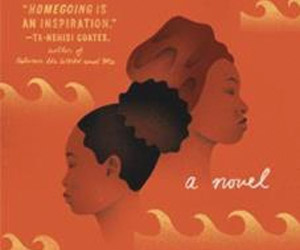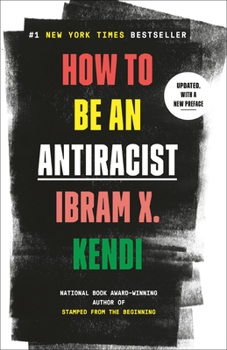How to Be an Antiracist
Select Format
Select Condition 
Book Overview
#1 NEW YORK TIMES BESTSELLER - From the National Book Award-winning author of Stamped from the Beginning comes a "groundbreaking" (Time) approach to understanding and uprooting racism and inequality in our society and in ourselves--now updated, with a new preface. "The most courageous book to date on the problem of race in the Western mind."--The New York Times ONE OF THE BEST BOOKS...
Customer Reviews
Another book certain people wouldn’t want you to read.
A Sincere Narrative, A Narrow Solution
Book
How to Be an Antiracist Mentions in Our Blog

Recent events have shone a light on the inequality and violence threatening Black Americans. In response, many of us are looking for ways to educate ourselves and effect change. This has led to an explosion of galvanizing new content around Black history and culture. Here we spotlight some of the prominent voices that have emerged over the last few years.

As the U.S. grapples with nationwide unrest following the death of yet another black man in police custody, lots of the kids in our lives are asking tough questions. Here are twelve books that can help young readers understand the reasons behind the anger and the need for activism.






